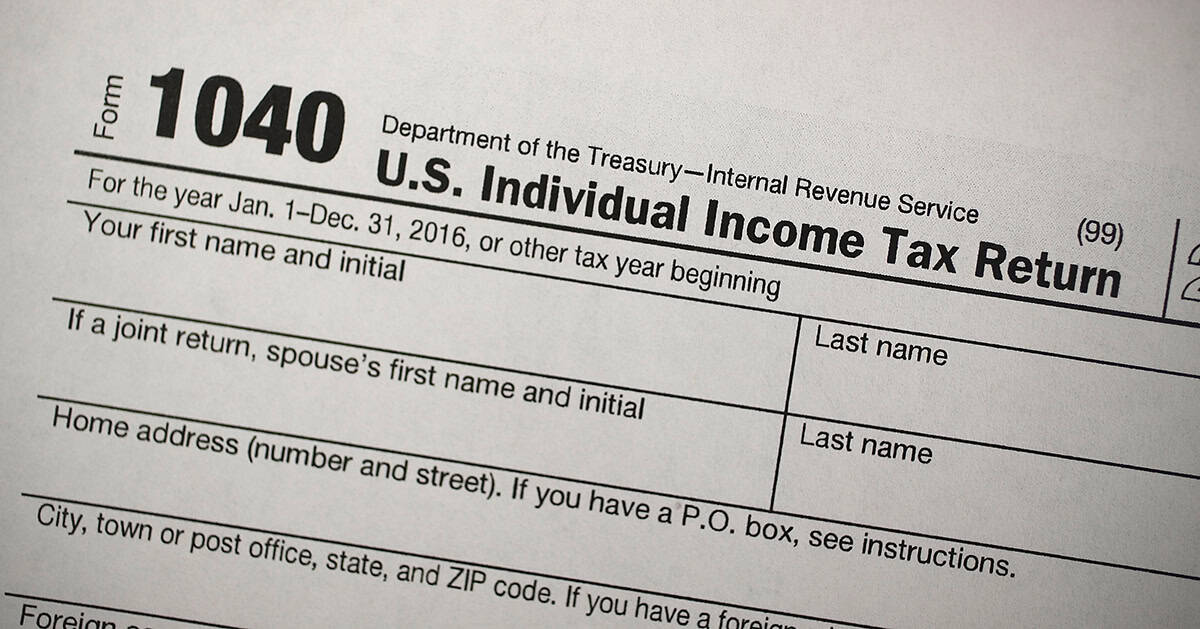Op-Ed: On Budget, 10 Is Not Enough
When President Barack Obama released his 2013 budget on Monday, everyone focused on the 10-year outlook on deficits. This is the same limited budget window that drove last year’s Budget Control Act and the supercommittee. From Capitol Hill to the White House to the presidential campaigns, leaders are using a window that obscures the real debt problem and makes political progress more difficult.
If we want to be honest about our long-term fiscal challenges and build political consensus to solve them, we need to start using a 25-year budget window, for two main reasons. First, the real fiscal dangers are only fully revealed after 10 years, and it’s easier to solve a problem if we can all see it. Second, sensible reforms to the key drivers of long-term debt only begin to produce savings 10 years from now — the savings are invisible through the 10-year window.
Fiscal reform is already tough politically. Why would any politician go out on a limb to vote for reforms that don’t even have visible fiscal benefits?
Let’s first be clear about the long-term problem. Most economists agree that risks grow if a nation’s debt-to-gross domestic product ratio is higher than 90 percent. If current policies continue, the U.S. debt-to-GDP ratio will grow from around 70 percent today to a staggering 180 percent of GDP within 25 years, according to our estimates.
Most of this growth comes after 2022, outside the 10-year window, and recent reforms have slowed this growth only slightly. Even buried in the president’s own budget, one can clearly see the dangerous long-term fiscal path that we are now on. The Office of Management and Budget acknowledges it: “Beyond 2022, however, the fiscal position gradually deteriorates.”
It’s this staggering growth in debt that represents the real threat to our economic future. As spending, debt and interest costs grow dramatically, important public and private investment gets crowded out, and the risks of an economic and fiscal crisis increase. An economy can’t remain healthy and produce good jobs and opportunities if we are spending much more on interest than investing in our future.
A longer budget outlook would help the public understand the full scope of our debt problem — and be more motivated to solve it.
The second reason to look 25 years ahead is because that’s where the savings can be achieved. Entitlements are the largest drivers of our growing long-term debt. They account for literally 100 percent of the projected increases in non-interest spending as a percentage of GDP in future decades. Entitlement reform, therefore, must be part of any viable long-term fiscal plan that stabilizes the debt.
If we are to reform entitlements, it’s only fair to give people time to prepare and adjust their savings plans. The Bowles-Simpson commission and others, including Rep. Paul Ryan (R-Wis.), proposed exempting people older than 55 from changes to Medicare. By definition, this means that such reforms won’t produce any savings within the 10-year window.
In addition, finding, testing and implementing reforms to the key health care cost drivers will take time to yield results. There are no easy short-term fixes to our systemic health care challenges.
So looking at the 25-year budget horizon becomes a political necessity. If we reasonably expect elected leaders to agree to reforms, they will need to be able to demonstrate the benefits.
It’s hard enough for politicians to implement reforms that require sacrifice. It’s impossible if they can’t score any savings in the budget window being used. It’s no wonder that the recent focus has been on cuts to discretionary spending. Not only are they easier politically, but they are the only ones that yield scorable savings in the near term.
The problem is, they don’t do much for the long term. Eventually over-cutting key investments, like infrastructure and research and development, could do more long-term harm than good.
If we want to see action that addresses the real drivers of long-term debt, we need to be sure political leaders can get credit when it’s due.
Only by taking a longer view will the public likely understand the full scope of the fiscal problem and can our leaders build the political will to pass long-term fixes. For that reason, all future budgets, debt commissions and deficit-reduction packages should be scored using a 25-year budget window.
If we’re going to work together to address the real threat to the future U.S. economy, let’s make sure we can all see it.
Click here to listen to Michael Peterson’s interview on Sirius XM.
Further Reading
8 Key Charts on Tax Breaks
The United States lost an estimated $2.2 trillion in revenues through tax expenditures in 2025.
Budget Basics: What Is the Child Tax Credit?
The CTC provides assistance to families with children, and while it represents a relatively modest part of overall government spending, it is one of the largest tax expenditures.
Budget Basics: Tax Expenditures
Tax expenditures can come in the form of exclusions, exemptions, deductions, and credits.


